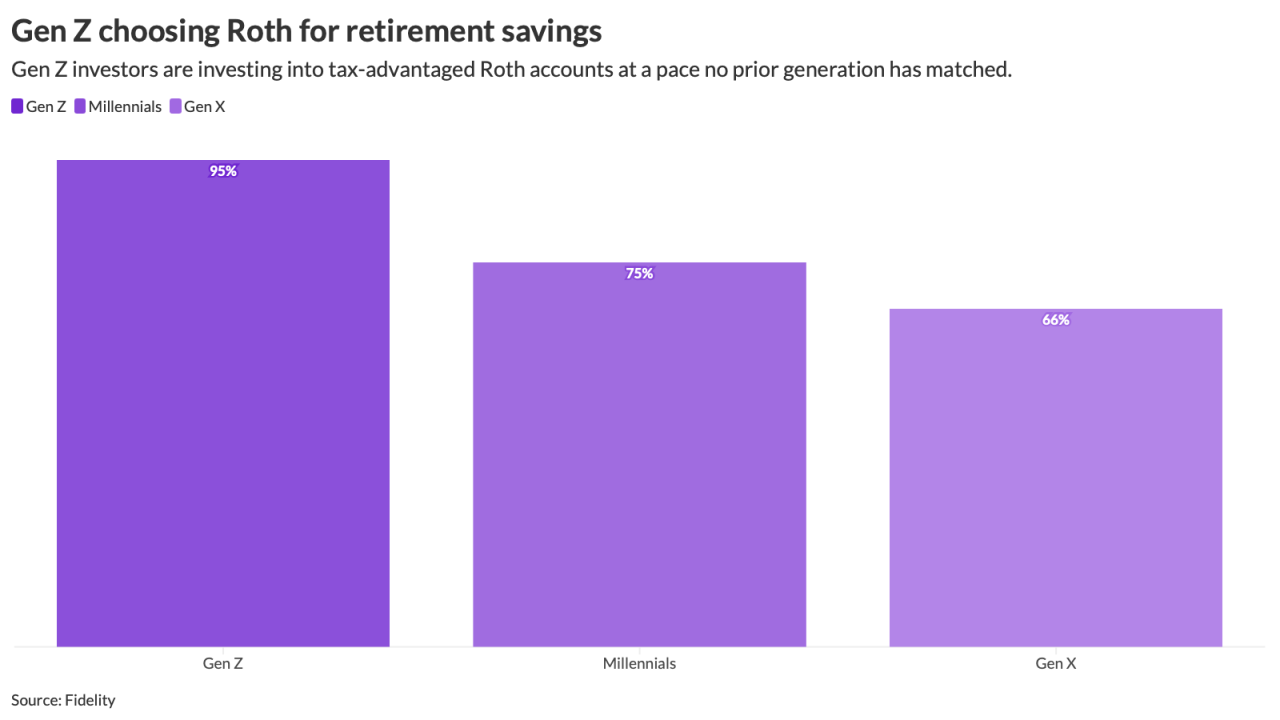Employee wellness has become a central focus for organizations seeking to boost productivity, decrease turnover and foster a supportive workplace culture. But here's the truth: Wellness programs don't thrive without a thoughtful plan.
The role of planning in employee wellness success cannot be overstated. From goal setting to implementing data-driven programs, organizations that prioritize strategic wellness planning are better equipped to meet their employees' needs.
Address employee preferences
A successful planning process must account for employee preferences to ensure
Define your wellness goals
Regardless of whether you are a new or experienced business owner,
Read more:
Create an inclusive program framework
Every employee has unique wellness priorities influenced by factors like age, lifestyle or family obligations. An inclusive program framework accommodates this diversity by offering a broad range of activities.
Read more:
For instance, younger employees may value mindfulness apps, while others may benefit from resources for health management. A well-rounded framework ensures no team member feels excluded.
Implement effective communication strategies
The success of any initiative lies in delivering the message effectively. Employees need to understand the wellness opportunities available to them clearly and effectively. Utilize email campaigns, team meetings and internal platforms to explain the program's purpose, benefits and how to participate. Consistent reminders can boost engagement, so make communication seamless and actionable.
Incorporate mental health resources
Mental health is a vital part of overall wellness, and a strong wellness initiative should prioritize mental health support. Programs such as counseling, stress management workshops and Employee Assistance Programs (EAPs) can have a meaningful impact.
It's essential to evaluate which
Invest in a continuous improvement mindset
Planning for employee wellness needs to be flexible. Goals change as the needs of the workforce grow and outside factors change. By regularly checking and adjusting your program, it can stay relevant and effective. Just like you formulated your
Read more:
When properly planned and executed, wellness programs become far more than a checkbox for HR compliance. They become integral parts of workplace culture, elevating employee satisfaction and productivity. Start planning today and create a wellness culture that sets your organization apart.






